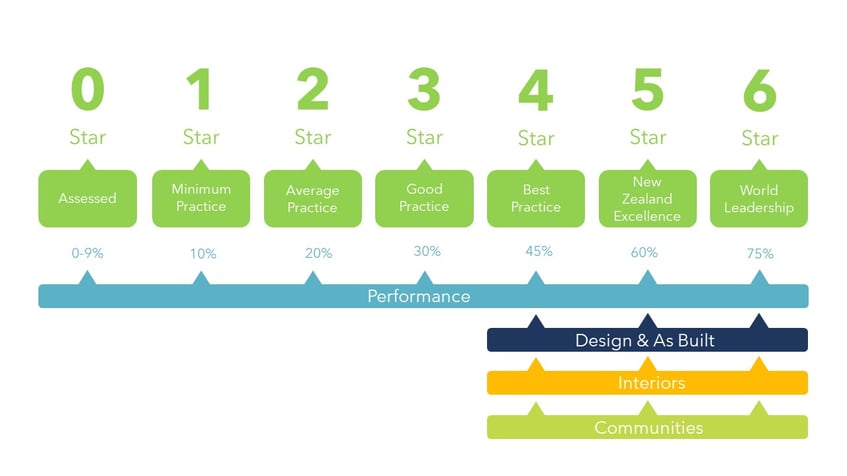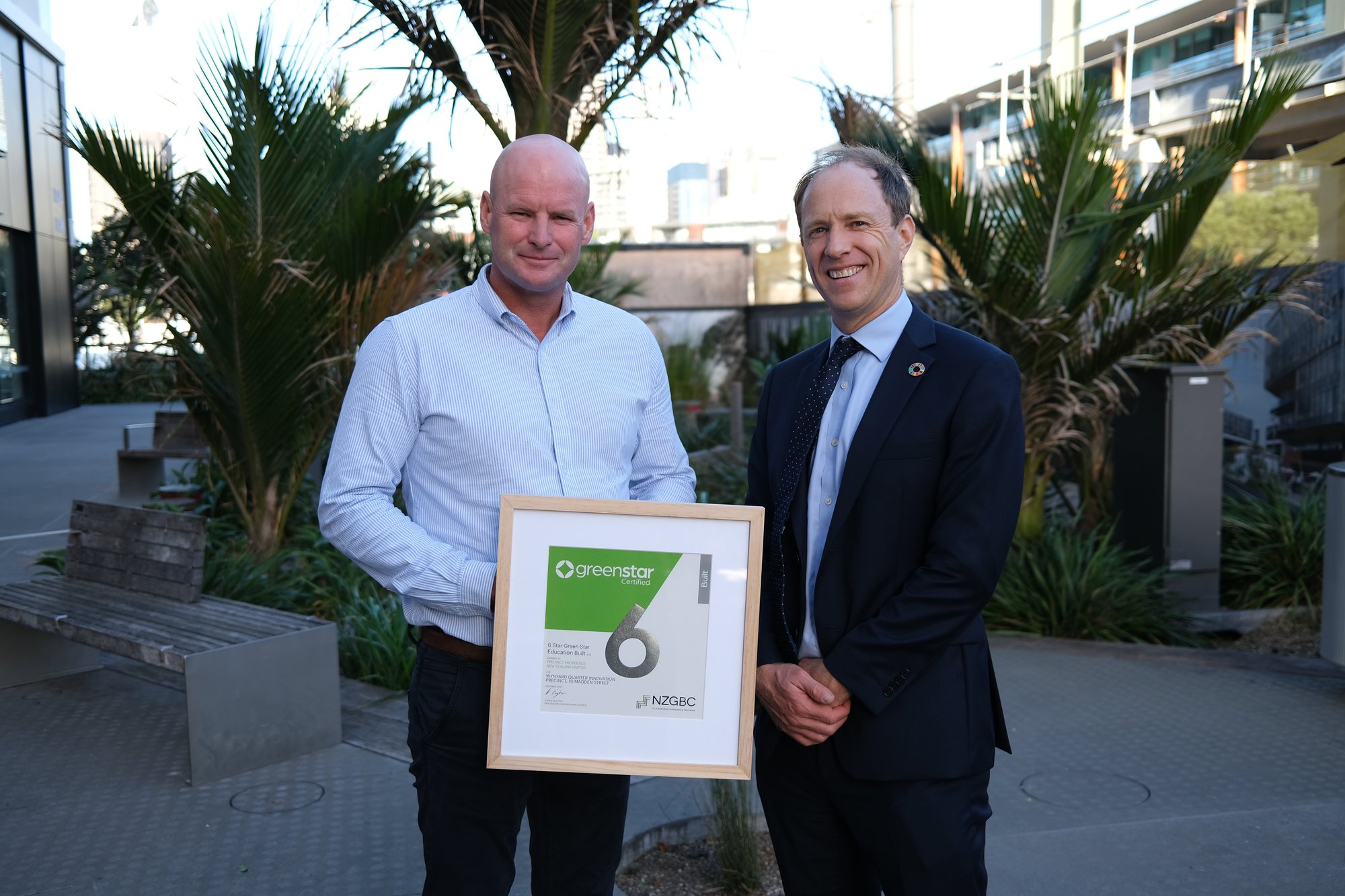Step 1: Engage A Green Star Accredited Professional (GSAP)
All Green Star Accredited Professionals have been trained by the NZGBC to guide you through the Green Star process and support the achievement of your target rating. This is not required but highly encouraged. You can find a GSAP here.
Step 2: Ensure the project fulfills the eligibility requirements
Check out our eligibility requirements to verify your project can be certified - Design & As Built, Interiors, Performance, Communities
Step 3: Register and pay
Registering a project with NZGBC means our team is aware of the project and can provide support and guidance. It’s a good idea to register as early as possible.
Registration for Green Star Design & As Built, and Green Star Interiors is available via the only form
If you would like to register a Green Star Performance rating, please use this form.
If you're interested in certifying a large-scale community or neighbourhood project with Green Star Communities please contact the team.
Once your registration is accepted, you will be issued an invoice for the certification fee. A certification fee discount is available to project developers who are members of the NZGBC. More information about membership can be found here
Step 4: Design rating + submissions
In the case of a Design & As Built certification, a Design Review rating is provided to help confirm you are on the right track before the final certification. The initial certification fees cover both levels of assessment. A Design Review rating will expire two years after the building’s practical completion.
All projects must undertake a Built rating. This is carried out once the project obtains practical completion and confirms that the finished project has been constructed in line with the Green Star rating. To undertake a Built rating, the GSAP gathers the appropriate evidence for each credit then submits the assessment to the NZGBC for Assessment.
Step 5: Assessment
Whatever level of assessment the project is undergoing, it will be assessed (audited) by an independent third party. For both the Design and Built rating a project can go through two rounds of assessment.
Step 6: Certification
Once the final rating is confirmed by the Assessor, NZGBC notifies the project team and sends certificates and the appropriate logos to help share the good news




.jpg?width=2000&name=Argosy%2082%20Wyndham%20Street%20(1).jpg)
-2080x1962-1.jpeg?width=1997&height=1359&name=spark_christchurch_greenstar_building_image_(7)-2080x1962-1.jpeg)
-3120x2080.jpg?width=2000&name=tonkinandtaylor_aucklandofficefitout_greenstar_building_image_(15)-3120x2080.jpg)



-1638x2592.jpg?height=2000&name=turangachristchurchcentrallibrary_greenstar_building_library_(2)-1638x2592.jpg)

